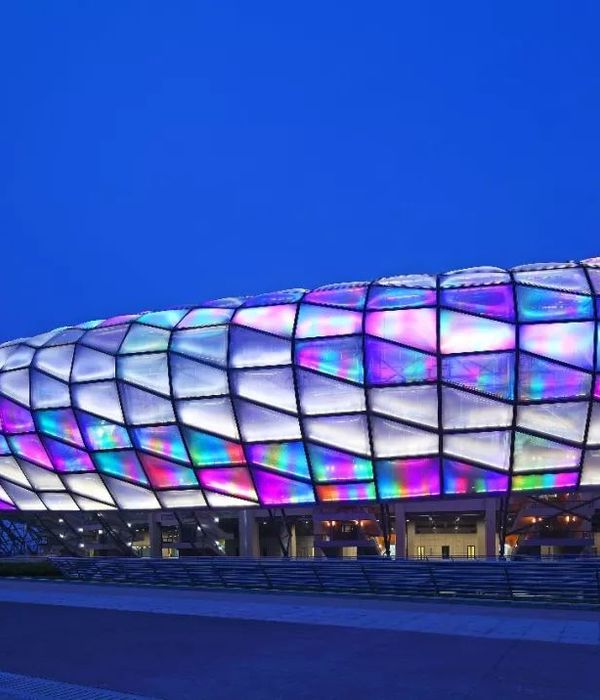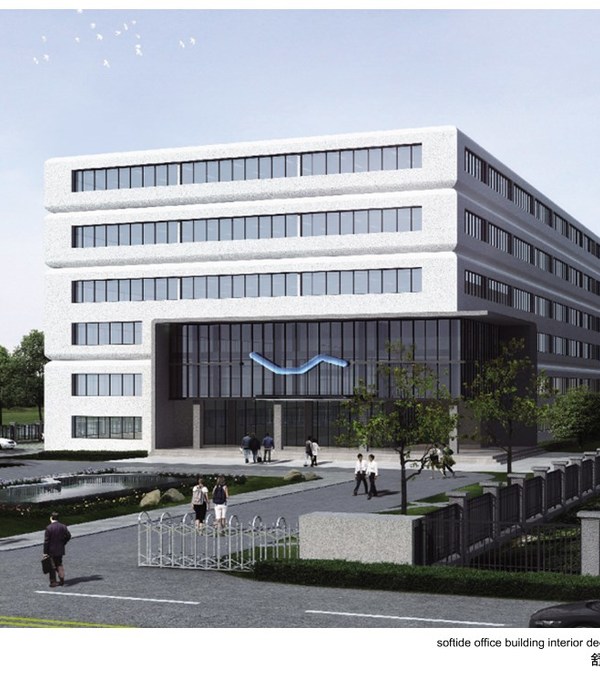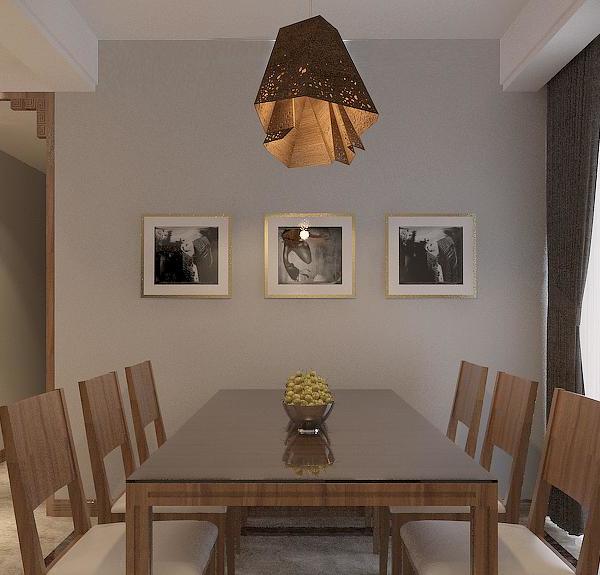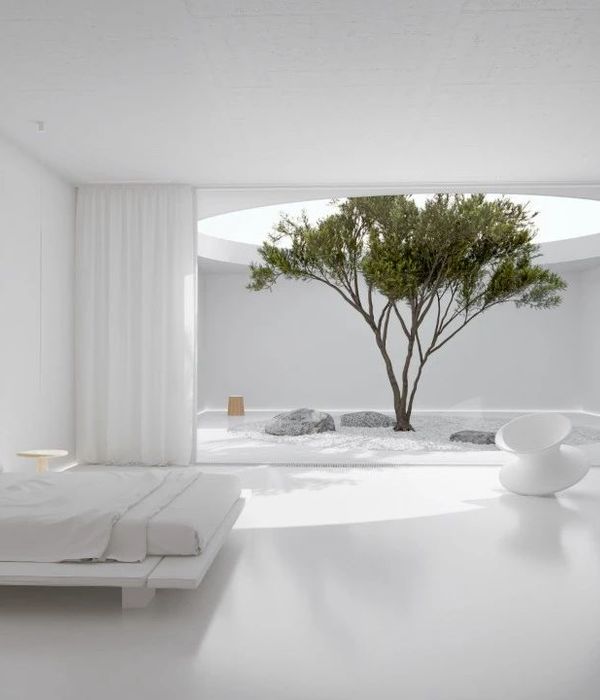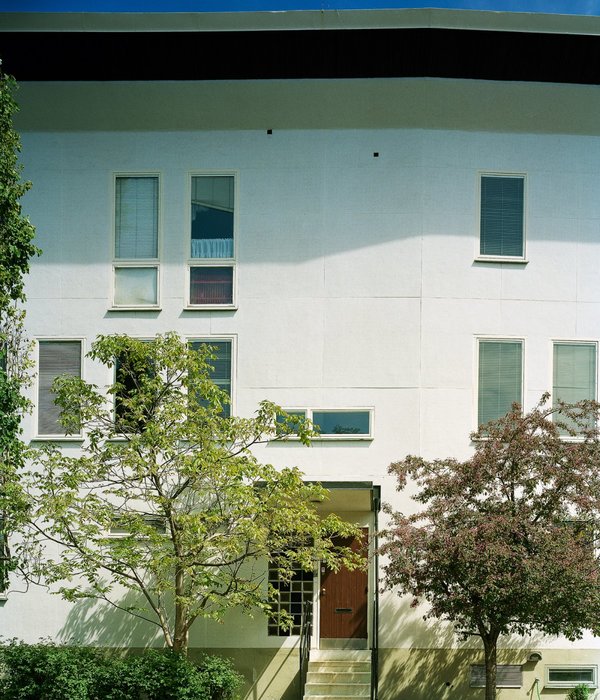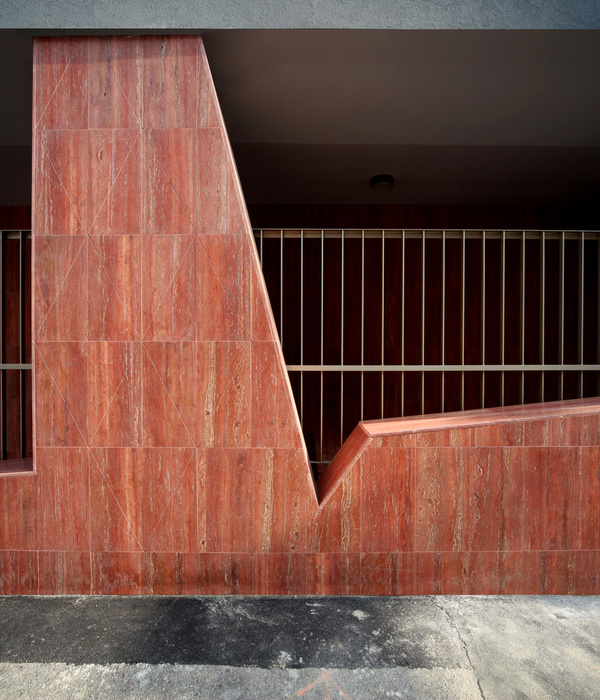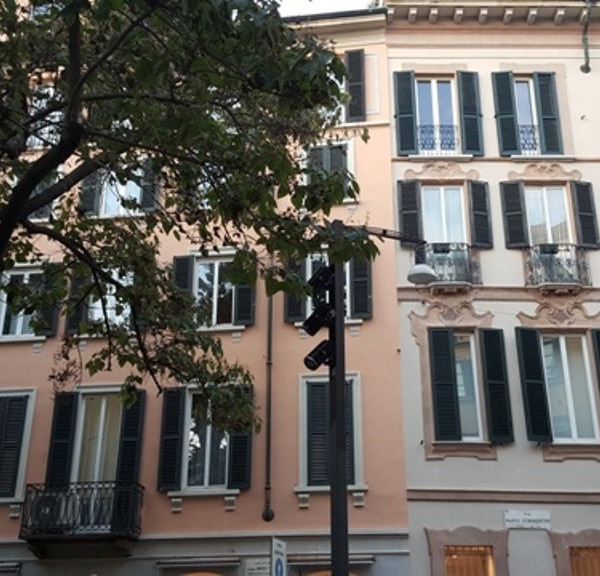Dubai Hai D3 Creative Industry Incubator
设计方:ibda design
位置:阿拉伯联合酋长国 迪拜
分类:办公建筑
内容:实景照片
设计团队:Yuka Takeuchi, ShoIkeya, Takeshi Harikai, Takuma Fujisaki, Makoto Udagawa, Lloyd Fontilla
合作方:Cultural Engineering (Rashid bin Shabib)
承包方:AMBB Interiors
图片:14张
摄影师:Hai D3
这是由ibda design设计的Hai D3创意产业孵化器。该项目为阿拉伯联合酋长国枢纽区发展提供创意人才培育的场所。该项目被设想为一处使用时限为5年的临时设施,施工期限为8个月。该综合体可用于举办各种各样的活动、展览、协作和展示,以鼓励中东地区艺术和设计等不同领域的发展。
该项目被设计成社区形式,融入到迪拜设计区的整体规划中,这里将成为艺术家社区。设计灵感来自传统的阿拉伯小区规划,该项目的布局结合了开放空间,并进一步深化为景观“街心公园”,以作为综合体每个建筑的庭院空间。这些庭院不仅补充了建筑的工业属性,还促进了户外活动,为整个场地注入了活力。
译者:筑龙网艾比
From the architect. Hai d3 is a development that was conceived to be the incubator space for the development of UAE’s hub for emerging local creative talents, the Dubai Design District. It was meant to be a temporary facility with a 5-year program of use, and an 8-month construction schedule. The complex is intended to welcome a variety of events, exhibitions, collaborative works, and displays to encourage the growth within the different fields of art and design in the Middle East.
The development was designed as a neighborhood, bringing into fact that the masterplan of the whole Dubai Design District was meant to develop a community of artists within the region. Inspired with the efficiency of the traditional Arabic neighborhood planning, the project’s layout was designed to accommodate open spaces, which are further developed into landscaped “pockets” that serve as courtyards for each of the buildings in the complex. These courtyards not only complement the industrial nature of the architecture, but also promote activity, and consequently, vibrancy to the entirety of the site.
These buildings are formed with the use of recycled 40-foot shipping containers that were crafted with the careful consideration to preserve its raw, industrial form. The use of these shipping containers allow an expeditious build and dismantling process that can be helpful to refabricating the architecture, if deemed necessary. Six different layouts of stacking were implemented, which was formed to directly respond to the space program of the site. Art galleries, a workshop, a library, retail spaces, as well as a cafe and prayer rooms were introduced in the buildings, which were arranged according to the facility’s use. Annex buildings were also introduced in the project, bringing in 20-foot service containers for toilets and storage, as well as an entrance piece that not only welcomes people to the district, but also serves as a multi-function space which artists can use to host movie screenings, gatherings, or outdoor workshops.
Sustainability was key in designing the development, given the green building initiatives within the region. Passive cooling, through shipping containers designed as “wind towers”, were distributed around the site. These wind towers promote natural ventilation by catching high draft winds and funneling it towards the courtyards in the site. Also, passive lighting was employed in buildings with the use of full-height windows and high sidelights, as abundant sunlight is intrinsic in Dubai. These windows also frame both the landscape on site and the Dubai skyline.This development, with the use of clean, simple forms, and straightforward but welcoming views, offers its users a platform of flexibility, where they can embrace the dynamism of their work, and in turn, use this as a way to propel the creative industry of the Middle East.
迪拜Hai D3创意产业孵化器外部实景图
迪拜Hai D3创意产业孵化器外部夜景实景图
迪拜Hai D3创意产业孵化器内部实景图
迪拜Hai D3创意产业孵化器平面图
{{item.text_origin}}

